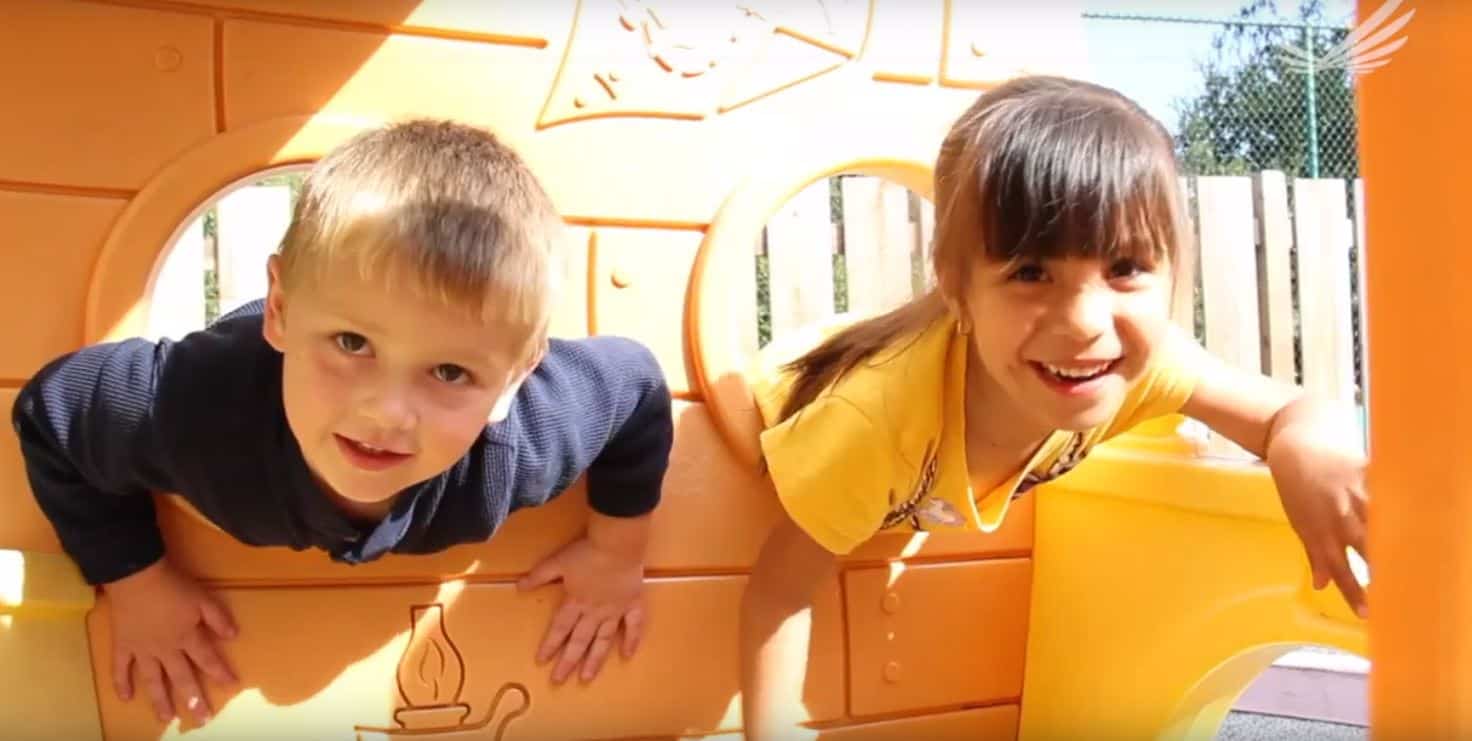LIIF’s new National Director of Early Care and Education Programs on how her experiences shaped a vision for improving infant and toddler learning environments.
This is the first article in the series, “Where Children Learn, Grow & Play” which examines the “triple halo” effect of investing in the early care and education (ECE) sector: (1) increasing affordable, quality ECE slots, (2) strengthening small businesses, and (3) expanding economic opportunity by creating jobs and capacity for working parents – all at a high public return on investment. Through this series, we’ll share insights from ECE experts, innovative tools and reach from the field and community stories.
When I was a child, I attended preschool in a church basement with dim lighting and gentle, nurturing teachers outside of Detroit. As I grew older and my family moved to a town outside Kalamazoo, Mich., I often went to Margaret’s house, a family child care provider whose home I could walk to after school. Margaret and I kept in touch for years after I graduated and moved away, giving meaning to the term “family child care.”
Years later, when it came time to choose a child care arrangement for my own children, they ended up going to a preschool in — you guessed it — a church basement. Although the center got a lot of natural light, the children had to climb up on a couch to reach the narrow window to wave goodbye to their parents. Nap mats were tucked behind a curtain in the classroom, reducing the already small space available for play, and the low ceilings challenged teachers and parents to be careful not to bump their heads.
While the facility wasn’t ideal, to this day, I feel incredibly fortunate that we were able to afford a place close to our home, with good hours and kind, talented teachers. So many parents’ choices are limited by what programs have openings, how much they can pay, where a program is located and its hours. As of 2016, nearly one-third of Americans spend 20% or more of their income on early care and education (ECE), a statistic that has risen steadily in the past decade.
Research shows that the quality of a learning environment affects children’s learning and, in many situations, their health. Many children spend more waking hours per week in child care than they do at home or in school. Kids deserve to spend time in spaces that comfort them and challenge them, environments that keep them safe and healthy, with furnishings and materials that inspire learning and growth. It’s equally important that their teachers have good working conditions, a living wage and adequate space to complete their daily responsibilities.
So many kids spend time in less-than-desirable settings.
Most ECE providers are operated as small businesses with thin margins. The owners frequently cannot afford to lease, purchase or build their own quality space, and must instead operate out of their own homes or rely on the benevolence of churches, public schools and landlords willing to accept below-market-rate rents for facilities in makeshift spaces. It is estimated that nationally, $3.8 billion would be required to bring all Head Start facilities up to regulatory standards, not to mention the additional cost to update thousands of other ECE facilities. Investing in programs and teachers are important, but if we are to create a national strategy that expands ECE opportunities to all young children, we must also invest in the physical spaces where they learn, grow and play.
Since 1998, LIIF has invested over $153 million in loans, grants and technical assistance to create, enhance, and preserve 271,000 child care seats across the country through our signature programs such as the San Francisco Child Care Facilities Fund, the Deutsche Bank Pre-K Capacity Fund, and the Access to Quality Child Care Expansion program alongside the Office of the State Superintendent of Education (OSSE) in Washington, DC – and through support from those like Citi Foundation’s Community Progress Makers.
As LIIF’s new National Director for Early Care and Education, I am excited to build on the organization’s amazing track record. I bring to this position over 25 years of experience working directly with families and young children as well as teachers, directors and policymakers who work on behalf of young children. I also know personally how critical this issue is as a mom to young children who needed quality, affordable and accessible child care. Over the next year, we’ll be sharing perspectives, tools, resources and stories of community impact in the ECE space in order to advance best practices and our mission of increasing facility financing and capacity building for the centers and families providing quality care for our nation’s youngest.
I look forward to working with the LIIF team to continue to create, renovate and expand beautiful, light filled, inspiring spaces – the literal foundation of their children’s earliest educational experiences. Please write to me at agarling@liifund.org and share your ideas.
